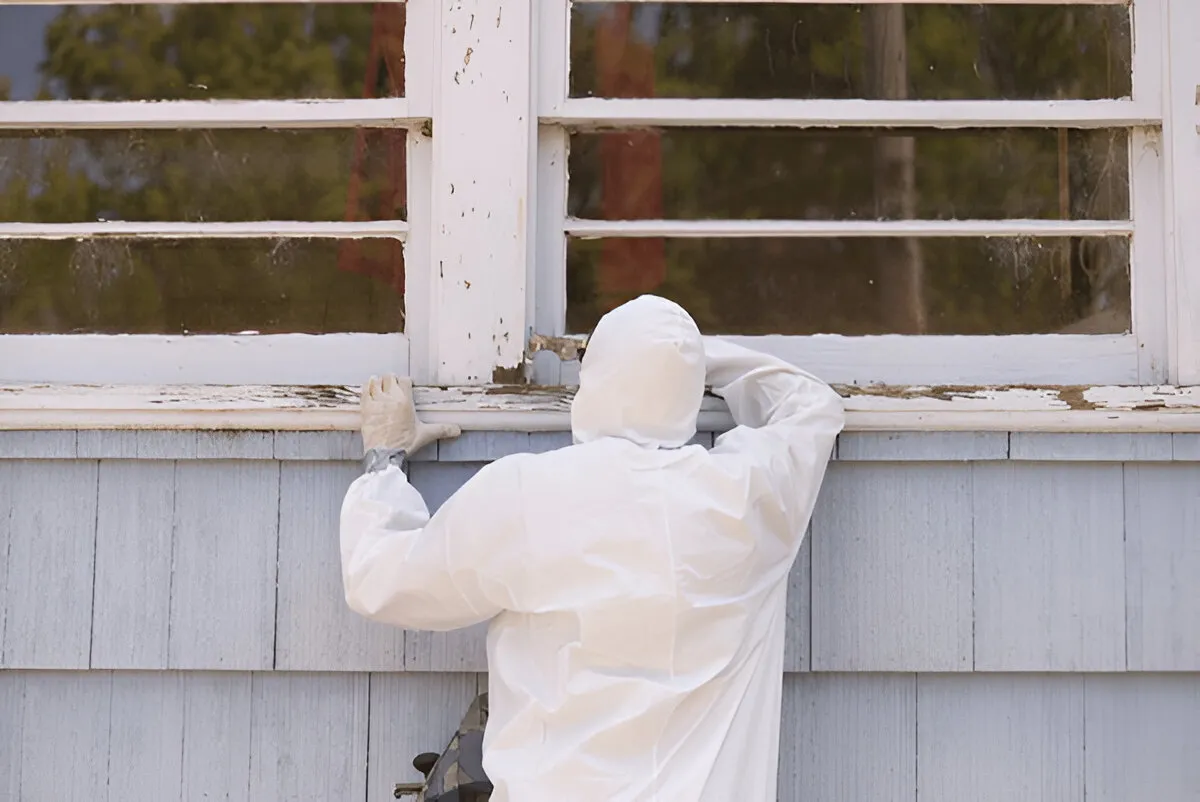
The security and well-being of a household are paramount, with various aspects demanding careful attention. Part of this includes the maintenance of both the structural and the environmental integrity of a home. One of the aspects that are situated in this sphere has been largely ignored is the existence of dangerous materials, e.g., lead-based paint. It is here that the significance of lead based paint testing becomes pronounced, safeguarding not only the structural sanctity of homes but, more crucially, the health of their occupants.
The Dangers of Lead in Paint
Lead, a naturally occurring element, possesses attributes once sought after in paint products – it enhances pigmentation, expediting the drying process, and improves durability. However, it also had a malignant aspect: the danger of lead poisoning.
The toxicity of lead is well-known, and it can lead to neurologic impairments, the delays in the development of children, and many other negative health effects.
Even though the use of lead in paint manufacturing has been prohibited in most countries for the past decades, the lead-based paint presents a potential threat since most of the old buildings contain it. In this way, the awareness of such dangers has heightened the necessity of rigorous testing, especially in dwellings that are before the ban.
At-Risk Homes and the Need for Testing
Pre-phase-out housing units have an increased likelihood of housing this dangerous compound. With time, these layers of paint tend to flake or decay, causing the environment to release lead dust, which would pose a risk to people in the immediate surroundings.
The impossibility of seeing lead dust and the imperceptibility of the symptoms of poisoning enhance the possible danger, and an active evaluation seems to be a reasonable precaution. The part of lead-based paint testing is therefore crucial in making a judgment of whether a house can be attacked by this hidden menace.
Methods of Lead-Based Paint Testing
Lead testing involves several methodologies that are professional methods. Portable X-ray fluorescence (XRF ) inspections could be made using XRF instruments capable of analysing the existence of lead without causing any harm to existing paint.
When there is a possibility of disturbing the paint, chemical strips or sample testing in a laboratory can be used in order to find the lead elements.
The choice of the most appropriate approach depends on many conditions, among which are the specifics of the considered house, the level of its potential contamination, and the financial restrictions of the customer.
Benefits of Lead Testing
Lead paint testing is a prudent venture that carries with it a lot of advantages, including health maintenance and even the securing of property value. Instead of risks related to lead exposure, recognizing the existence of lead in paint provides homeowners with the chance to develop suitable repair work, thus destroying the disease-promoting impacts of lead.
In addition to direct health issues, the experience of paint testing can come into play in the realm of real estate, where a buyer may require assurances that a possible new home has been tested to show it is clear of such dangers.
Remediation After Positive Lead Detection
When a lead paint test is a positive indication, urgent action is compulsory to avoid additional exposure. The removal, encapsulation, or enclosure of the lead-based paint may be used in the process of remediation, each having a different methodology and cost factors attached to it.
While there are those property owners who may have the urge to embark on lead paint abatement on their own, it is strongly discouraged to involve experts. Its specialised training and equipment give them the capacity to be able to carry out the remediation safely, and to regulatory standards.
Choosing Reliable Lead Testing Services
Selecting a credible service provider for lead-based paint testing is vital in ensuring accurate results. Qualified, certified, and skilled individuals are able to ensure thorough inspection and also provide reliable information concerningthe management of any findings.
Before the use of the services of a service provider, potential clients must ask them questions concerning their qualifications, methodologies, and conformance with local laws and regulations to ascertain the safety and validity of the testing process.
Conclusion
The gravitas of safeguarding homes against environmental hazards cannot be overstated, with lead-based paint testing forming a crucial element within this domain. It serves as an important defence form of the malicious impact of the lead and guarantees the health of people and the strength and soundness of the property.
Although all of that is historical in terms of the threat posed by lead paint, the same cannot be said about its potential effects on health today. Therefore, householders, especially those whose structures fall within the vintage spectrum where lead paint usage was high, are also encouraged to take this important testing action. Prudent management and care in dealing with the unseen risks of lead can guarantee a healthier, safer home both now and for the next generation.
It is inherent that property owners are apprised, vigilant, and proactive about the existence of lead in their homes and the management of lead. Through it, they take a direct part in the advocacy of safer living conditions and safeguarding of the population health a task which lead based paint testing is a veritable necessity.













